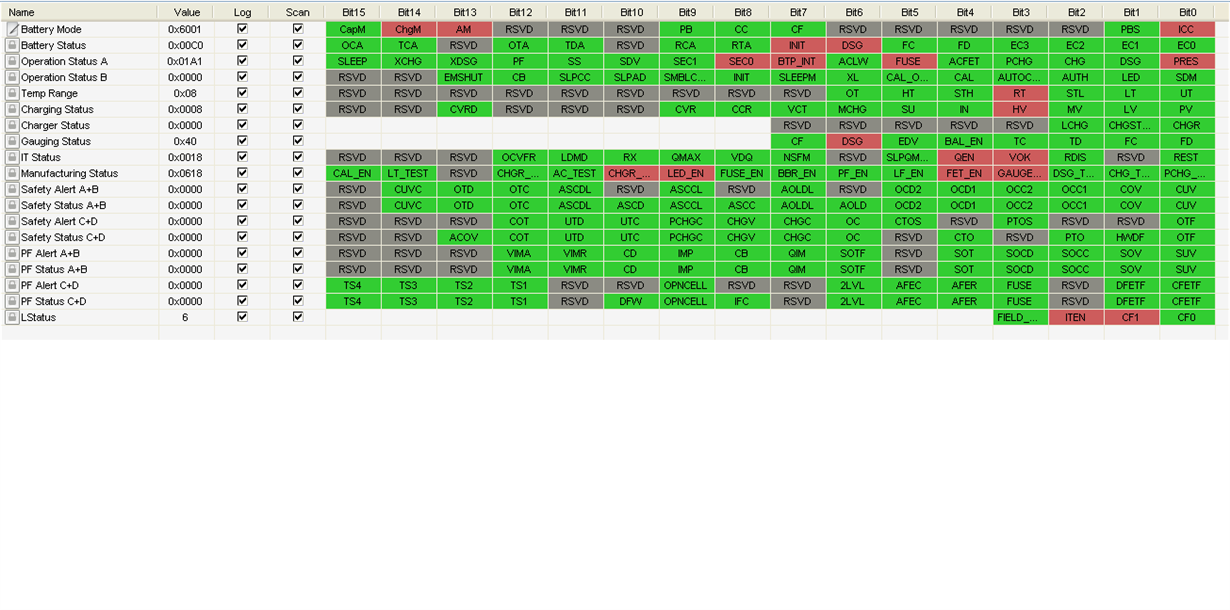Hi,
I need to know how I can determine the Chemistry ID for thew bq40z60 of a custom Li-Ion high discharge current battery.
The Battery is not in the Database so I will most likely have to characterize it.
Questions:
How do I do this?
What tools are required?
How do I actually get the ID?
How long will the Process take?
Thanks for your help!
Regards,
Fred



